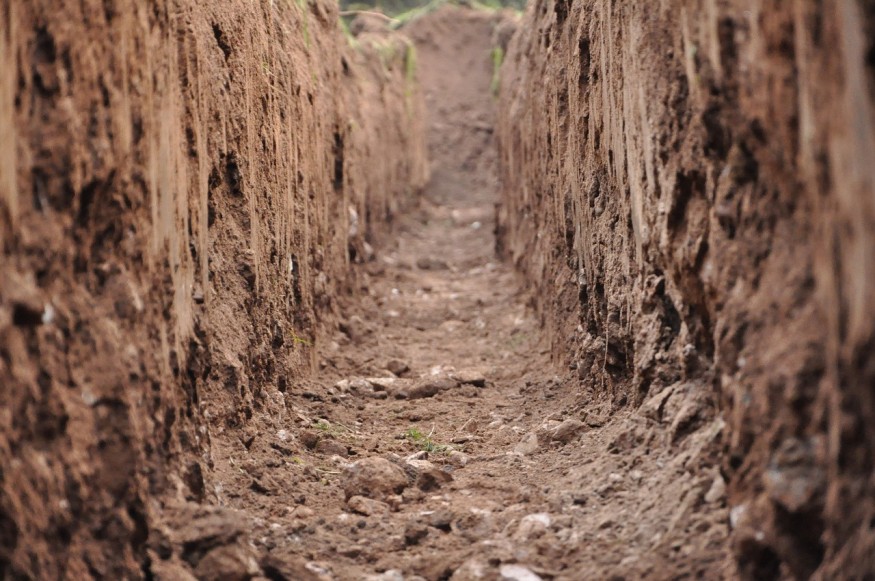
Archaeologists were able to discover roughly 19,000 artifacts that date back to prehistory to the early medieval period.
They were able to find this in an archaeological site in the UK that has been described as a "once-in-a-decade" site.
Calthorpe Excavations
The artifacts were discovered in an excavation in the residential development of the Calthorpe Gardens on the outskirts of Banbury, a historic market town in southern England.
The excavation was held ahead of the construction of the new home on the site.
Some flint tools were among the oldest findings retrieved in the excavation. They date back to the Middle Stone Age or Mesolithic period, which took place around B.C. 10000 to B.C. 4000 in Britain.
Researchers were also able to uncover some remains from subsequent times, such as remnants of a little settlement from the Late Iron Age or Late Bronze Age. They also found an Anglo-Saxon cemetery in the early medieval period.
So far, at least 52 remains of individuals have been uncovered in the burial grounds.
Historic Findings
The artifacts that the archaeologists were able to find included textile tools and handmade pottery. These were found in a settlement that dates back to the Late Bronze Age to the Middle/Late Iron Age.
The settlement also has various huge enclosures that could have been used as animal pens. It also consists of roundhouse remains.
The researchers were also able to uncover various grave goods from burials from the Anglo-Saxons. These included weapons, pendants, bead necklaces, and personal objects.
The Anglo-Saxons were a cultural group of individuals who lived in Britain in the early medieval period. Their origins could be traced to the Germanic individuals who settled on the island after the Roman occupation ended in roughly 410 A.D.
Janice McLeish, the director of the Border Archaeology's (BA) post-excavation services, explained that the grave foods were quite astounding when it came to volume, style, and variety.
In the assemblage, glass beads, pottery, and metalwork were present. This makes the assemblage remarkable.
One of the excavation's highlights was a gold pendant from the cemetery. It features animal iconography from pre-Christian times. Most specifically, it depicted the design of an intertwined serpent.
Hayler Parsons, a field archaeologist of BA, explained that the site was once-in-a-decade and that it contained once-in-a-lifetime discoveries.
Researchers were also able to find an Iron Age weaving comb, which makes it another excavation highlight. McLeish explained that it could have been used as part of the weaving process and loom.
Such findings could help shed light on the individuals who used to live in such regions several thousands of years ago.
McLeish explained that the site may have the potential to show that people were here for prolonged periods, engaging in various activities at various times.
They add that, in itself, archaeology is exciting. However, being able to uncover different time periods on a single site is just a remarkable joy for them.
This local area has extremely rich archaeology. Moreover, the area situated over a hill has been a focal point ever since the Mesolithic times, and it could have been so even before this period.
Check out more news and information on Archaeology in Science Times.












